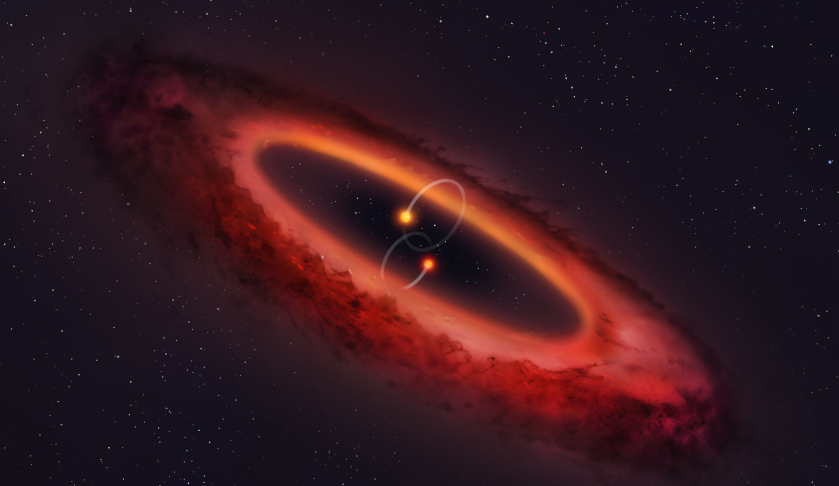
A team in the University’s School of Physics and Astronomy and the Institute for Gravitational Wave Astronomy has analysed currently available gravitational wave data to predict that these elusive signals are likely to remain undetected by the instruments currently operated by the LIGO and Virgo Collaboration.
The existence of gravitational lensing was predicted by Einstein and is a well-recognised phenomenon in relation to light waves. Light emitted by distant objects in the universe is bent by the gravitational pull of other massive objects, such as galaxies when the light source passes behind them. When detected by the earth’s telescopes, this distortion might make the light-emitting object seem larger or closer to Earth than it actually is.
Scientists predict that the same will be true of signals from gravitational waves – but we won’t find them just yet. In a paper published in Physical Review Letters, the Birmingham team drew together available information on the sensitivity of the current observatories with another key ingredient – the as-yet undetected background – to predict the statistical likelihood of lensing events.
Lead author Dr Riccardo Buscicchio explained, "The number of gravitational wave events detected by the LIGO/Virgo Consortium has already reached several dozen (many of them yet to be confirmed) and over the next few years these will expand into hundreds of new detections. As we start to accumulate gravitational wave statistics, it’s likely that we will start to see many new phenomena, so in principle, detecting gravitational lensing becomes more likely."
This background is composed of the potentially huge numbers of gravitational wave signals that can only be analysed by their statistical probability because they are too small or too far away to be detected individually.
"In general, however, these events are particularly difficult to positively identify – it’s very hard to tell if the signal is a very distant one that has been amplified through lensing, or if it is simply closer and therefore easier to detect. Our analysis suggests not only that there is actually quite a low probability of seeing this phenomenon given the sensitivity of current instruments, but also that existing detections thought to be potential candidates are in fact unlikely to be examples of lensing," Dr Buscicchio added.
The team predicted that in order to detect one signal significantly affected by lensing, the observing teams would need to collect at least tens of thousands of them.
The University of Birmingham is ranked among the world’s top 100 institutions. Its work brings people from across the world to Birmingham, including researchers, teachers and more than 6,500 international students from over 150 countries.
Receive the latest developments and updates on Australia’s space industry direct to your inbox. Subscribe today to Space Connect here.









